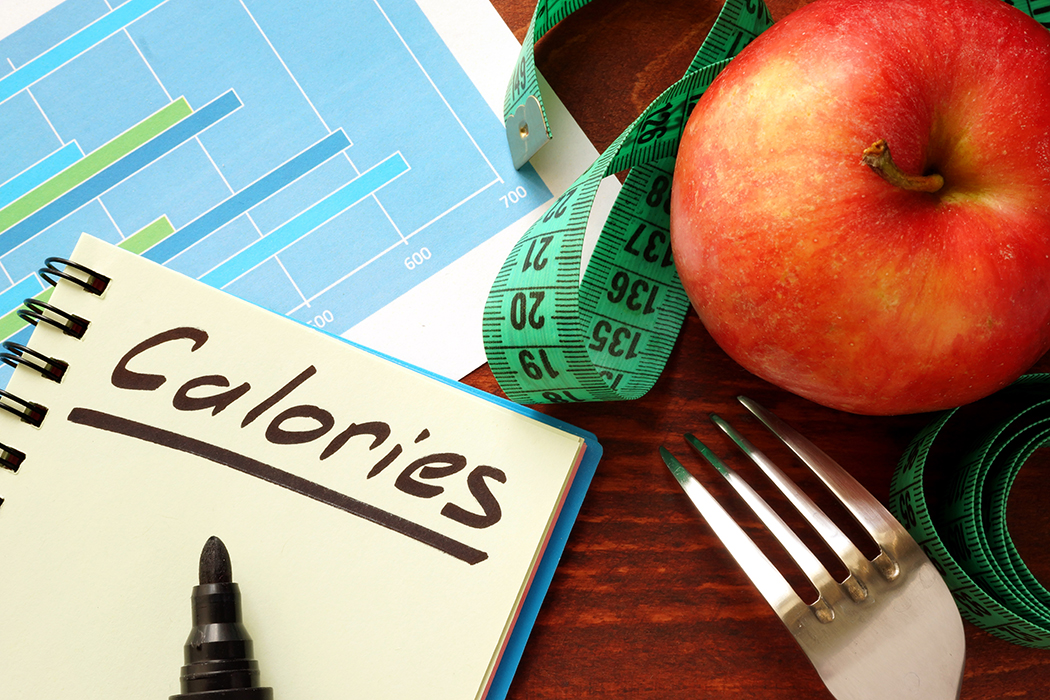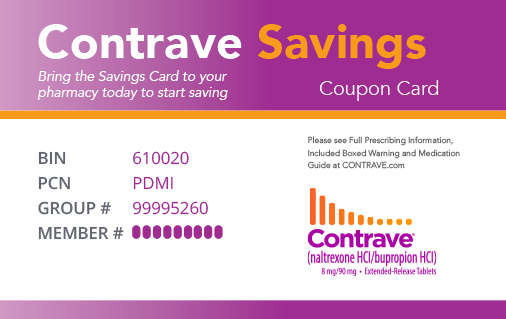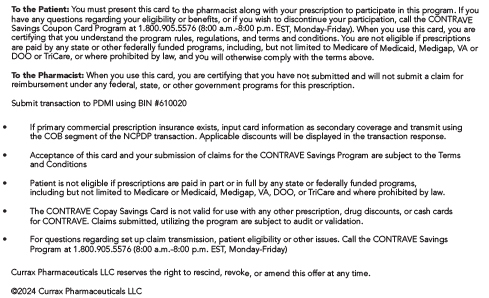High Fiber Foods That Are Good for Weight Loss
Fiber-rich foods could make it easier for you to reach your weight-loss goals. Luckily, tasty high-fiber foods come in all shapes and forms and can easily be incorporated into just about any diet. Keep reading to learn more about the role of fiber in weight loss and see which foods pack the most punch.
Why Is Fiber Important?
When you decide which nutrients you want to focus on in your diet, fiber is one that is frequently overlooked. It is not very high on the nutrition facts list on food labels and is easy to gloss over. However, fiber plays a critical role in your diet and it could help support your weight loss goals.
Fiber is a specific type of carbohydrate. Your gut cannot break down fiber, so the nutrient passes through your body without ever being digested. Insoluble fiber, which cannot be dissolved in water, is popular as a bulking agent and enables you to have healthy and regular stools. The other type, soluble fiber, can impact your metabolism, overall health, and potentially your weight.
The biggest reason why you should include fiber in your diet is to support healthy bacteria in your gut. Even though there are some bacteria that can cause infections, the bacteria in your gut are important in helping you maintain your overall health. There are trillions of bacteria that live in your gut (particularly the large intestine), collectively forming your gut microbiome.
These bacteria contribute to your immune system, help you keep your blood sugar under control, and assist in weight management. If you want these bacteria to stay healthy, feed them well. Feed them fiber—the microbiome breaks fiber down to use for energy.
How Much Fiber Should I Eat for Weight Loss?
Consuming more fiber-rich foods to increase your fiber for weight loss can be beneficial. But the exact amount of fiber you should eat to support weight loss will depend on a variety of factors, including:
- Your weight
- Your height
- Your age
- Your overall activity level
In order to determine exactly how much fiber you should be consuming in order to lose weight, speak with your doctor. Your doctor can provide you with daily fiber intake recommendations based on the factors listed above as well as your medical history.
You may find that eating more foods that are high in fiber, you reduce your overall caloric intake—which can also help the pounds come off. In the next section, we’ve provided some examples of fiber-rich foods you can incorporate into your diet to help you reach your daily fiber goal and lose weight over time.
8 Fiber-Rich Foods
If you are looking for foods high in fiber, there are plenty of options available—some of the fiber-rich foods you could incorporate into your diet may surprise you:
1. Raspberries
Raspberries are not only very high in vitamin C, manganese, and a variety of antioxidants. A single cup of raw raspberries has approximately 8 grams of fiber, so consider adding raspberries to your diet. Raspberries can also be incorporated into a healthy dessert for even more fiber.
2. Avocado
Fiber in your guacamole? You betcha. Avocados have plenty of fiber, in addition to plenty of healthy fat and low carbohydrates. In addition to containing 6.8 grams of fiber per 100 grams of avocado, the fruit also has a variety of other nutrients, including vitamin D, vitamin E, magnesium, potassium, and vitamin C.
3. Broccoli
Broccoli is a popular vegetable thanks to its relatively inexpensive cost and ability to be incorporated into a wide variety of dishes. It’s also a source of fiber, with approximately 2.4 grams of fiber per cup of broccoli. Broccoli is a nutritional powerhouse, containing antioxidants, manganese, iron, potassium, vitamin D, folate, vitamin K, vitamin C, and more protein than most vegetables. Consider adding some to a healthy stir-fry dish for a fiber boost!

4. Pears
Pears are not only one of the most popular fruits available, they are high in fiber. Snacking on a pear is a great, low-calorie food option that could help tide you over until your next meal thanks to its fiber. For example, a medium-sized pear contains about 5.5 grams of fiber per fruit. Be sure to leave the skin on if you want to consume as much fiber as possible!
5. Bananas
As you can see, eating fruit is a great way to get fiber, and bananas are no different. With over 3 grams of fiber per banana (not to mention all the vitamin B, vitamin C, and potassium they contain), consider making bananas a pantry staple.
6. Lentils
If you are looking for a replacement for traditional rice or pasta, you may want to consider swapping in lentils. With a single cup of cooked lentils containing approximately 15.6 grams of fiber, lentils have high nutritional value for a low cost. Lentils are relatively high in protein, and they contain various other nutrients. Lentil soup is one of the most popular ways to eat the legume, but you can also serve lentils as a side with another protein or veggie.
7. Apples
Apples are widely available and have a decent amount of fiber—approximately 4.4 grams of fiber per medium apple. Even though biting into an apple on its own is satisfying, you can incorporate the fruit into a variety of recipes. For example, peanut butter with sliced apples makes for a great snack with fiber and protein. Remember to leave the skin on if you want to consume all the fiber in the fruit.
8. Chickpeas
If you are someone who loves hummus, you may already be getting more fiber in your diet than you know! A single cup of chickpeas, the main ingredient in hummus, has more than 24 grams of fiber plus plenty of other nutrients. This legume could be a great option if you are looking to expand your fiber content, especially when eaten with other vegetables. When you’re ready, branch out from hummus with chickpea stews or even as a crunchy oven-baked snack!
Final Notes
There are plenty of options available if you are thinking about switching to a high-fiber diet for weight loss. Eating more fiber means you’ll be eating more plant-based foods—which can help you round out your diet and ensure you’re getting all the nutrients you need to support your weight loss plan.
At the same time, dietary changes alone might not be enough for some people to reach their goals. If you are struggling to lose weight and suffer from obesity or other weight-related conditions, you may consider speaking to your doctor about prescription weight loss medication that could help support your weight loss goals.Learn more about how prescription weight loss pills can be combined with a healthy diet and exercise plan to support your weight loss journey.
Related Resources
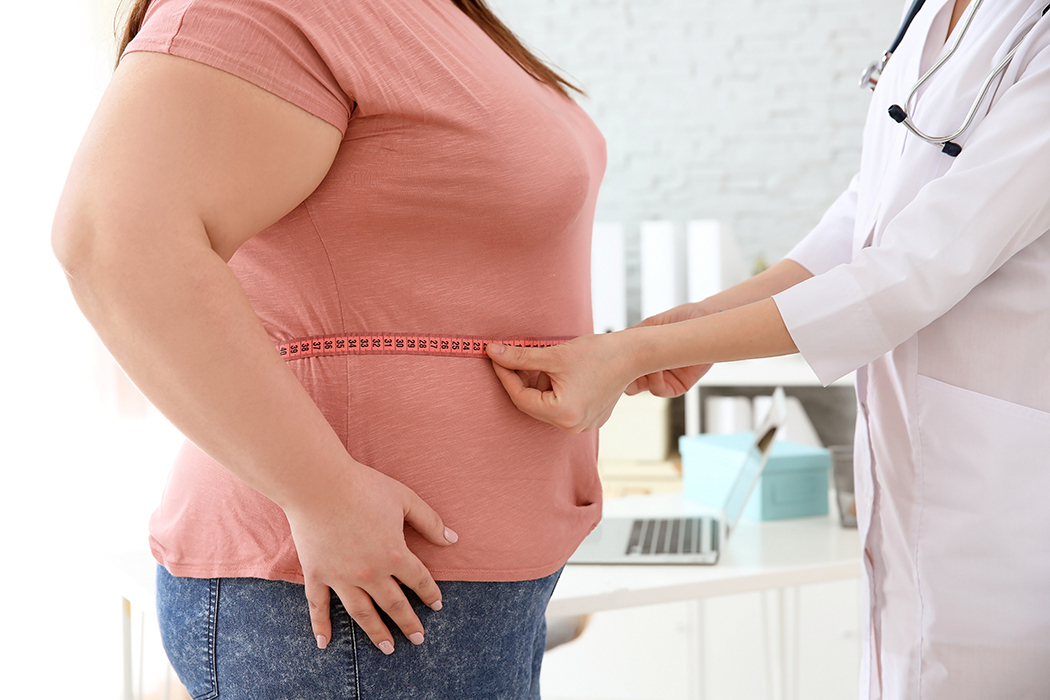
Body Fat Calculator
View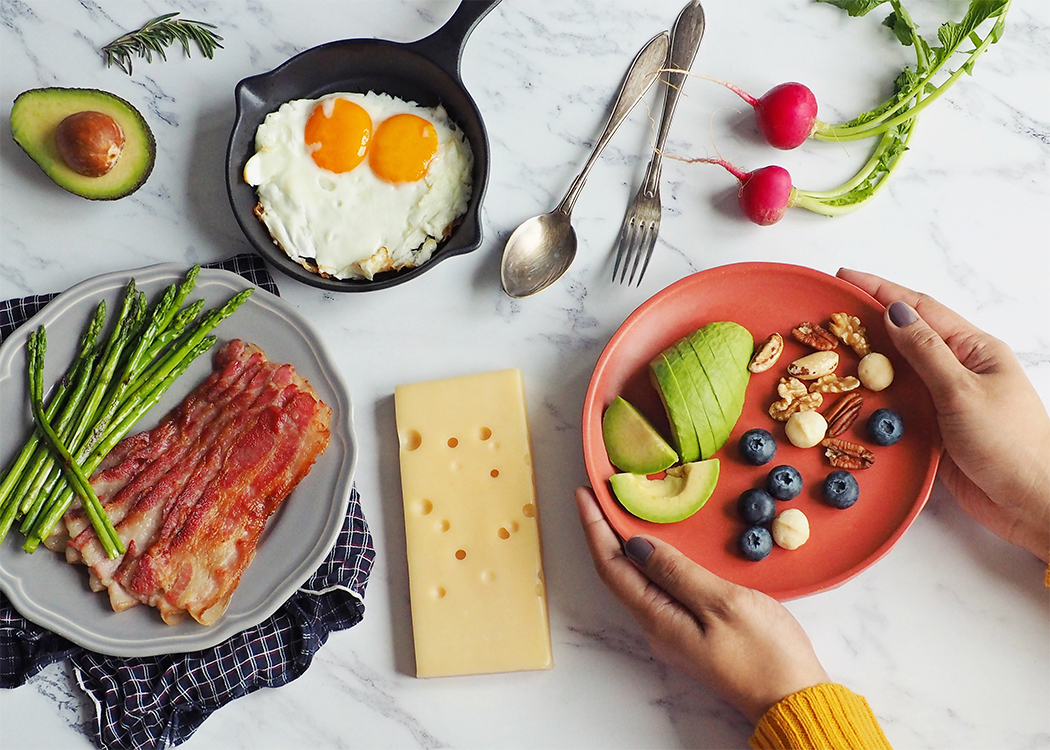
The Keto Diet For Beginners: How to Start a Ketogenic Diet Plan
View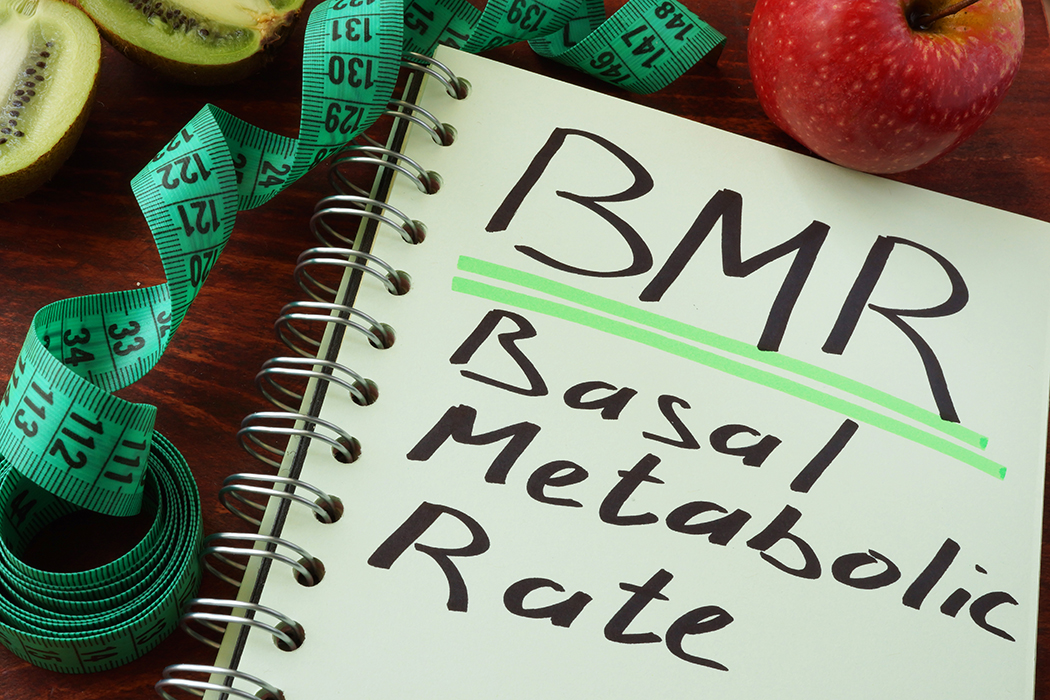
BMR Calculator: Calculate Your Basal Metabolic Rate
ViewLatest Resources
Ask your healthcare provider about CONTRAVE
Get help starting the conversation.
The CONTRAVE Chronicles Blog
Get recipes, workouts, success stories, and healthy lifestyle tips.
Just getting started with CONTRAVE?
See what you can expect.
